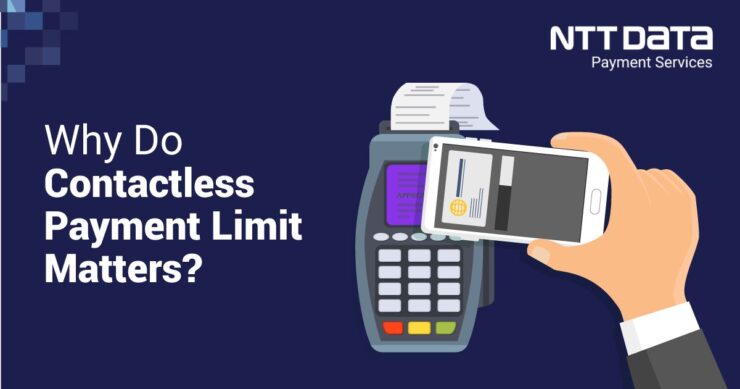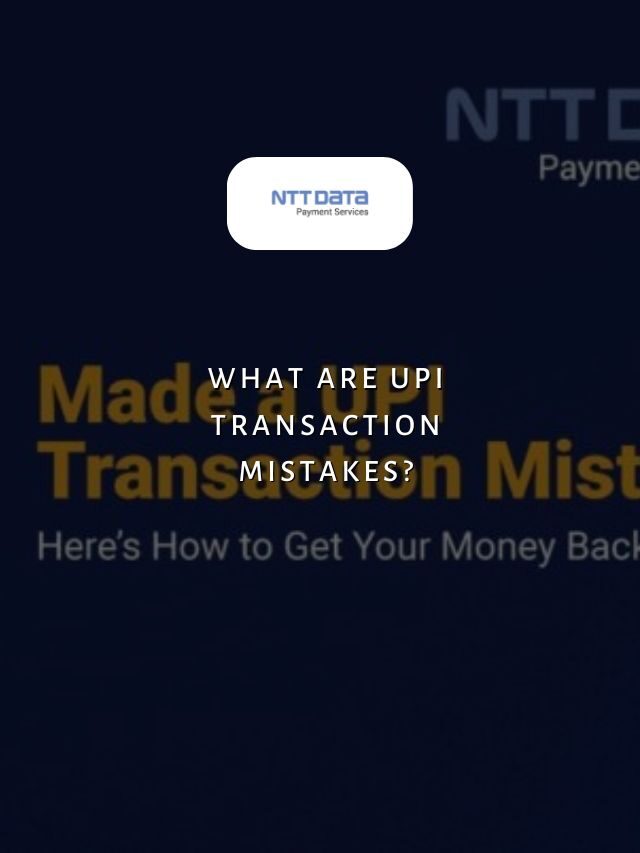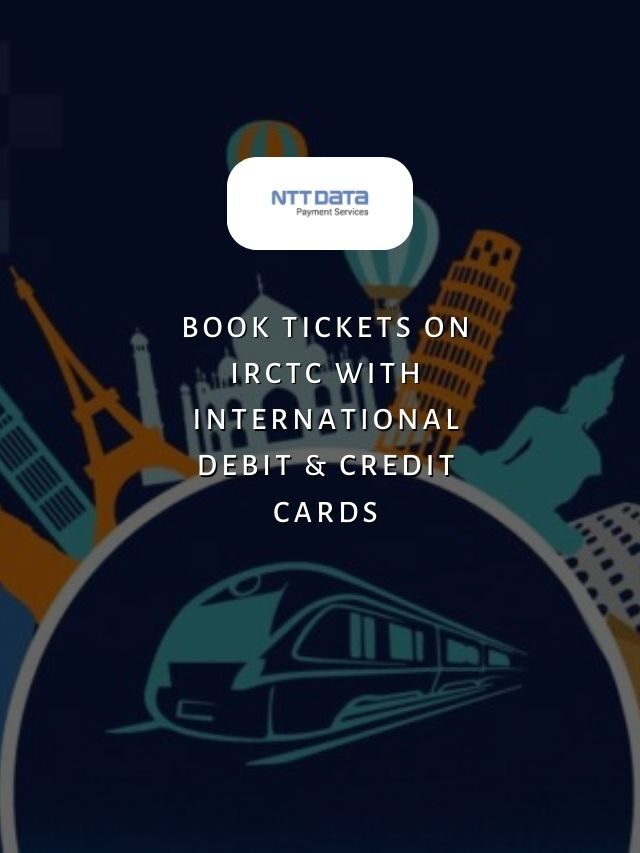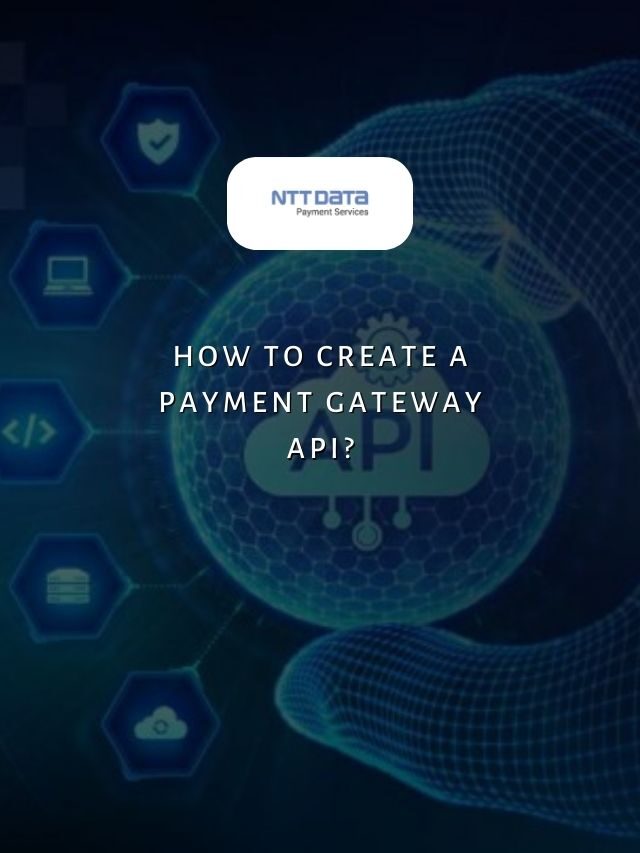
Table of Contents
- 1 What is a Contactless Payment?
- 2 Working of Contactless Payment
- 3 Recent Web Stories
- 4 Significance of Contactless Payment Limit
- 5 Can the Contactless Payment Limits be Changed?
- 6 Protect Your Contactless Payment with NTT DATA Payment Services
- 7 How Contactless Payment Limits are Paving the Way for the Future
Have you ever felt frustrated when your contactless payment was declined for exceeding the limit? You’re not alone. While contactless transactions are a convenient way to pay, hidden limits often lead to hassles.
With contactless payment, users can simply tap or hold their payment device near the payment terminal to complete transactions. This enables faster and more convenient payments compared to traditional chip and PIN or magnetic stripe transactions.
What is a Contactless Payment?
Contactless payment refers to any payment transaction made between a payment device like a credit/debit card or smartphone and a merchant payment terminal without requiring physical insertion or swiping of the card.
Working of Contactless Payment
A contactless payment involves waving or tapping a contactless payment card, mobile wallet or other contactless device near a contactless payment terminal.
Contactless cards and devices contain an embedded chip that stores payment details like the primary account number, expiration date and verification values. During a transaction, the chip broadcasts this payment information to the terminal via NFC.
The terminal then reads the payment information from the card or device through near-field communication (NFC) technology. NFC operates over very short ranges, usually only a few centimetres.
The terminal verifies the details with the issuer and approves or declines the transaction accordingly. Contactless payments offer a very convenient and hassle-free way to complete low-value transactions swiftly at retail stores, transportation systems and other outlets.
Recent Web Stories
Significance of Contactless Payment Limit
While contactless payments are beneficial for their speed and convenience, most providers impose transaction limits on contactless payments for security reasons.
Exceeding these contactless limits results in the transaction being declined. The contactless limits vary across countries, financial institutions, and card networks, considering factors such as the country’s payment regulations and fraud risk assessment.
Apart from country-specific regulations, individual card issuers may also impose independent contactless limits. Additionally, merchants are allowed to optionally place discretionary limits lower than the standard amount.
This provides additional protection against large-value contactless fraud while maintaining convenience for regular purchases.
Can the Contactless Payment Limits be Changed?
Here are the steps to change your contactless payment limit:
To change your contactless payment limit, you will need to contact your card issuer directly, as the process varies between banks and card networks.
Most issuers allow you to set your contactless payment limit through their mobile banking app or online banking portal while keeping a cap on the maximum limit.
The general process is:
- Log into your account through the issuer’s mobile banking app or website.
- Locate the “Card Controls” or “Manage Cards” section within the app/website.
- You should see an option to set your contactless payment or “tap and pay” limit here. Some issuers may refer to it as a “contactless transaction limit.”
- Select the limit you want to set from the given options per transaction.
- Submit the changes, and your new contactless limit will be updated right away.
- You may need to reactivate contactless payments on your card if it was previously disabled.
- Some merchants may also have their own discretionary limits lower than the card limit.
- For machine-based limits, you may need to consult the provider.
Protect Your Contactless Payment with NTT DATA Payment Services
NTT DATA Payment Services is a global leader in payment solutions. We provide advanced POS systems and omnichannel payment offerings.
By integrating robust payment gateways with intelligent data-driven tools, we aim to empower businesses with dynamic real-time controls that maximise digital payment acceptance safely beyond traditional limits.
NTT DATA Payment Services offers a complete payment solution to advance both your offline and online businesses from,
- Payment Gateway in India
- POS machines
- IVR payments
- Mobile applications, and
- Bharat QR Scan and Pay
We ensure maximum comfort, convenience, and safety for all your payments.
How Contactless Payment Limits are Paving the Way for the Future
Contactless payment limits play an important role in balancing security and user experience for this rapidly growing payment technology.
As contactless usage increases globally with newer devices like smartwatches and mobile wallets, limits may be dynamically adjusted at the individual transaction level as well through contextual authentication.
As adoption grows, contactless limits will likely evolve to fully maximise the benefits of speed, hygiene and convenience for all.
| Also, you can get frequent updates on nttdatapayments Instagram page. |
Contactless Payment Limit: FAQs
1. What is contactless payment?
Contactless payment refers to payments made by tapping or waving a contactless credit/debit card or mobile device like a smartphone near a payment terminal without physically inserting or swiping the card.
2. How does contactless payment work?
Contactless payment cards and devices contain an embedded chip that transmits payment details like card number, expiration and verification values to the payment terminal through near-field communication (NFC) technology during tap/wave. The terminal then verifies the details with the issuer to approve or decline the transaction.
3. Why are contactless payment limits imposed?
Contactless payment limits are set by issuers and regulators primarily for security reasons to mitigate fraud risks. Exceeding the limits results in transaction declines for added protection against card detail theft via scanning during taps.
4. What are the benefits of contactless payments?
Key benefits are speed, convenience, improved security, wider acceptance at retailers, enhanced hygiene during the pandemic and loyalty rewards programs by some issuers.
5. Can contactless payments be used internationally?
Yes, contactless payments can be made across international borders at most major merchants. However, some limits may vary in different countries based on local regulations. It’s always best to check your issuer’s policies before foreign travel.







